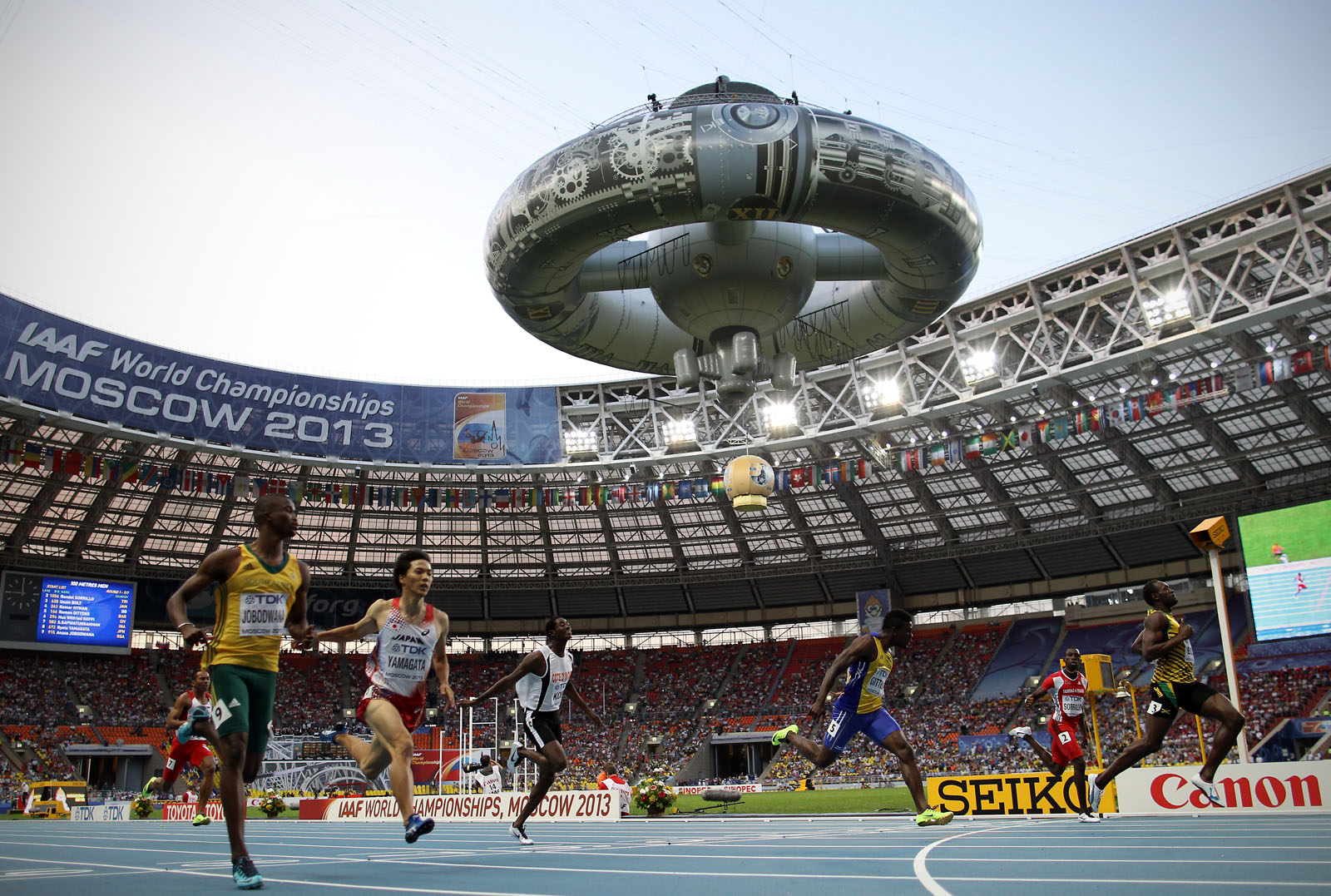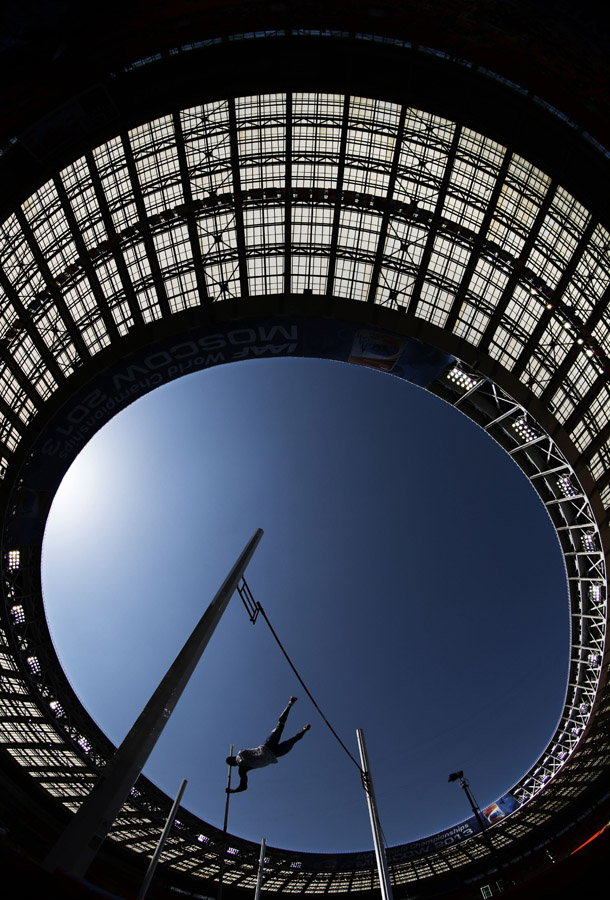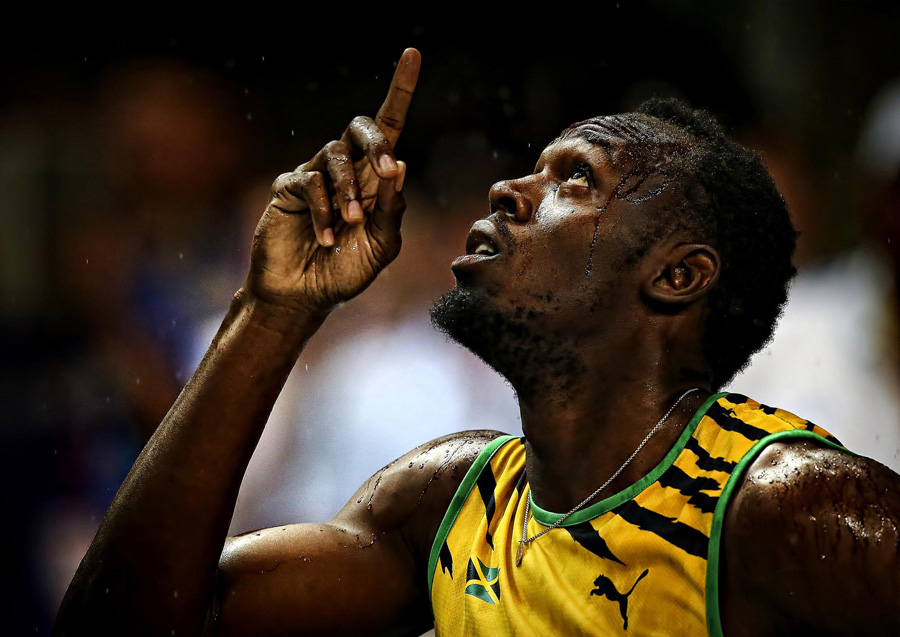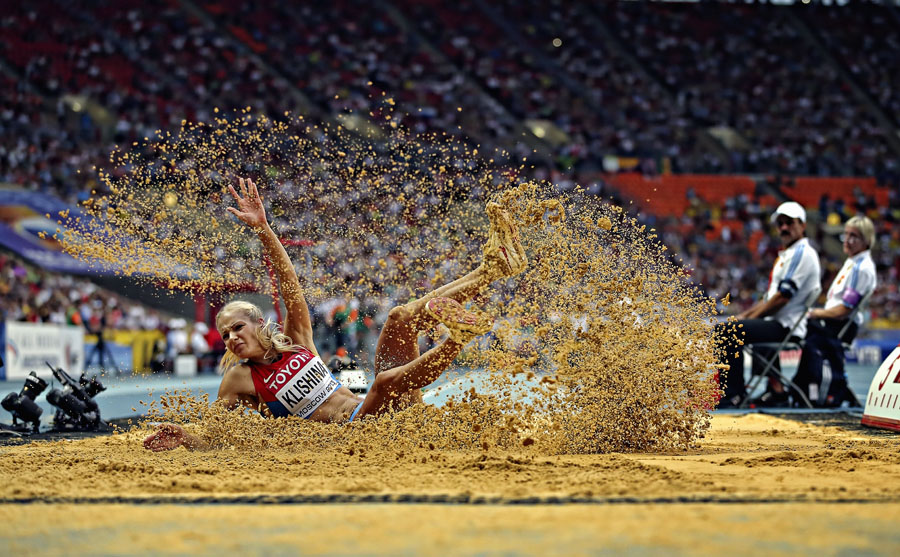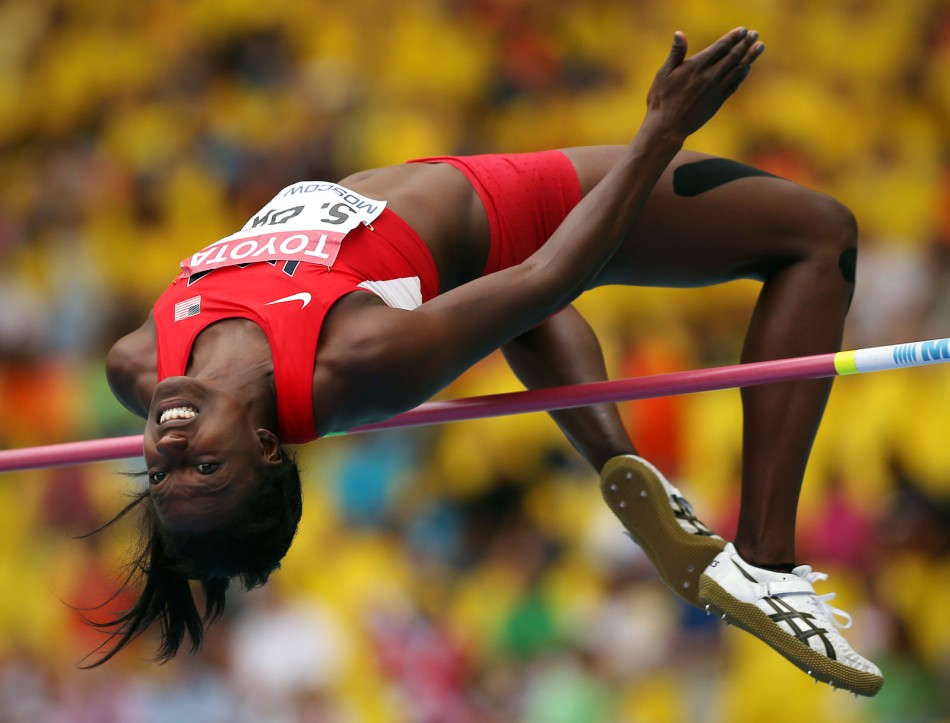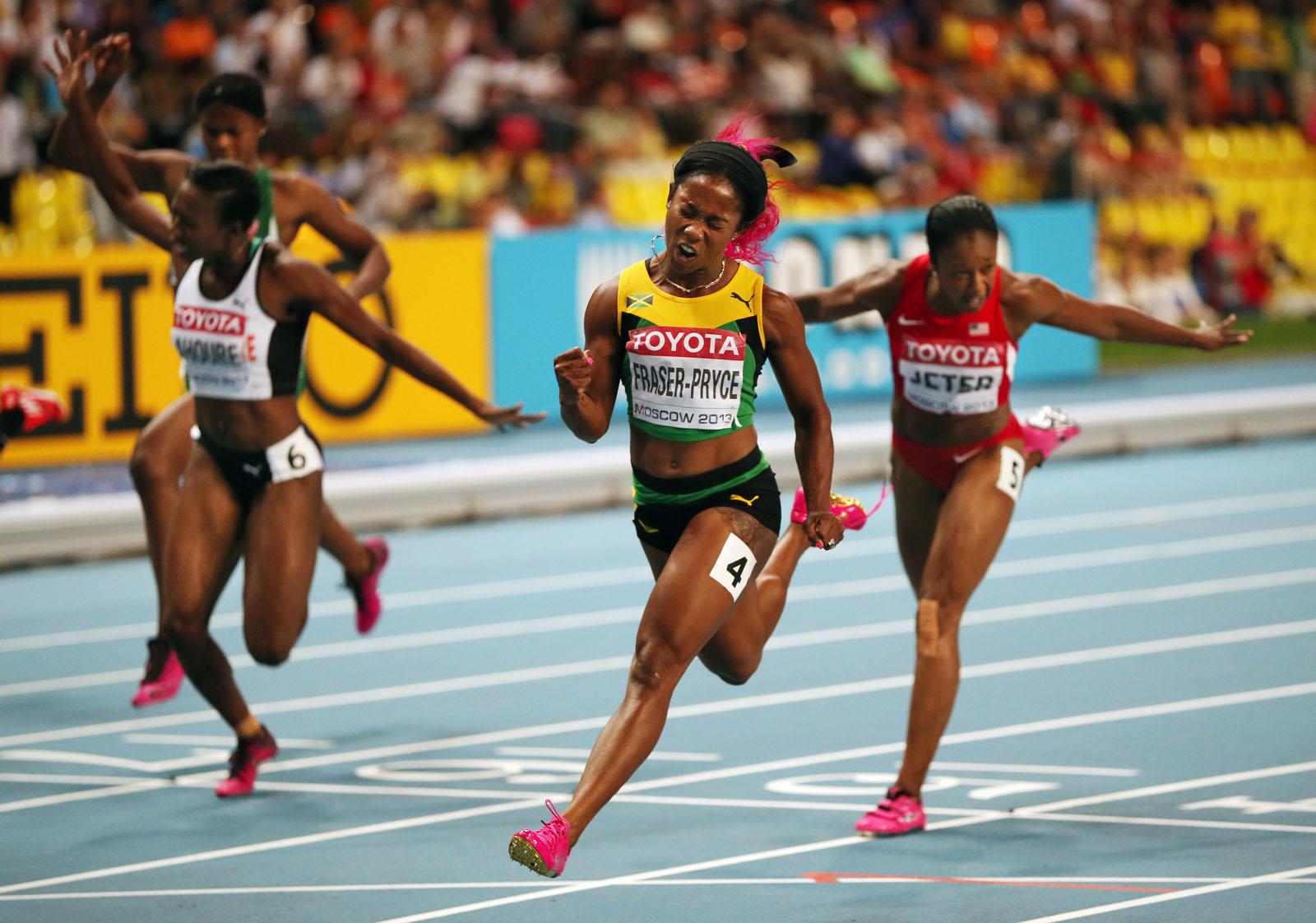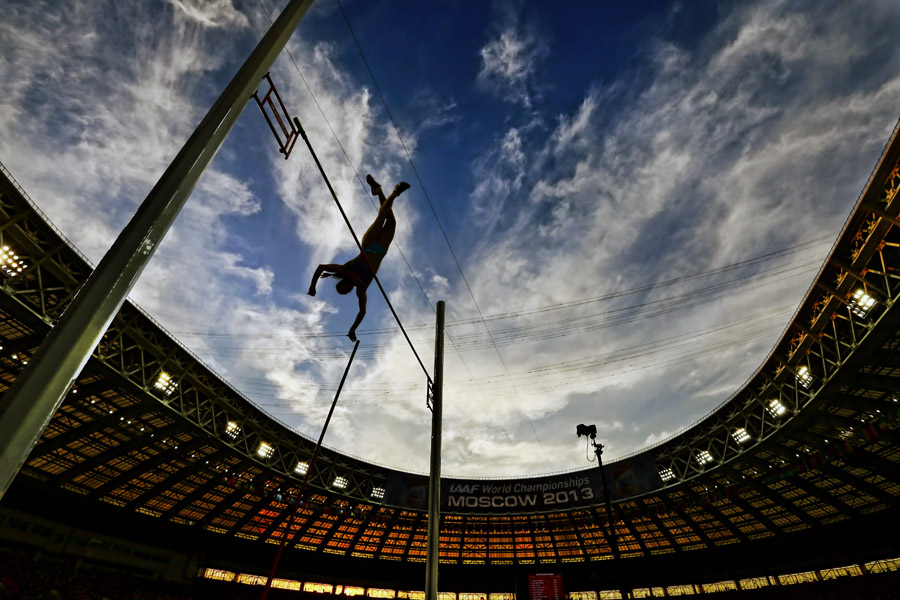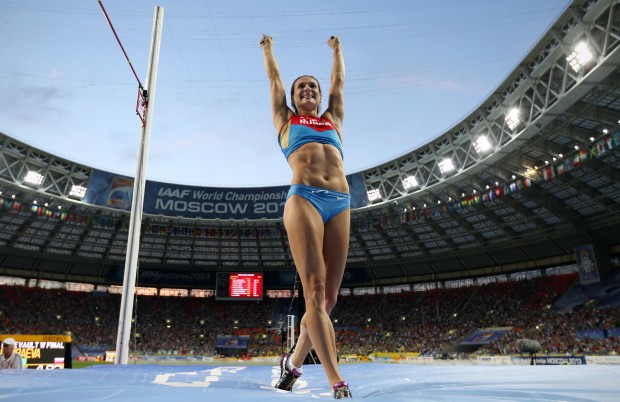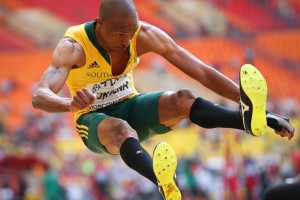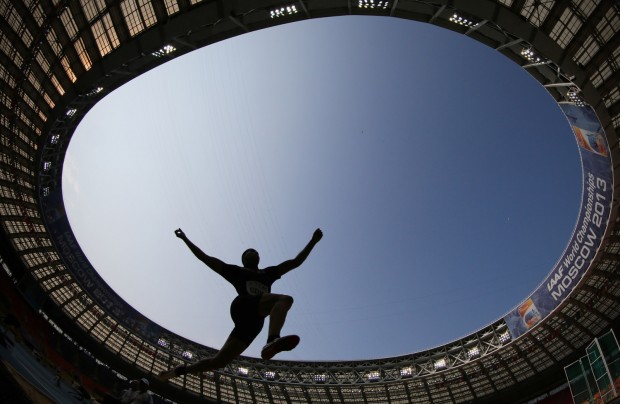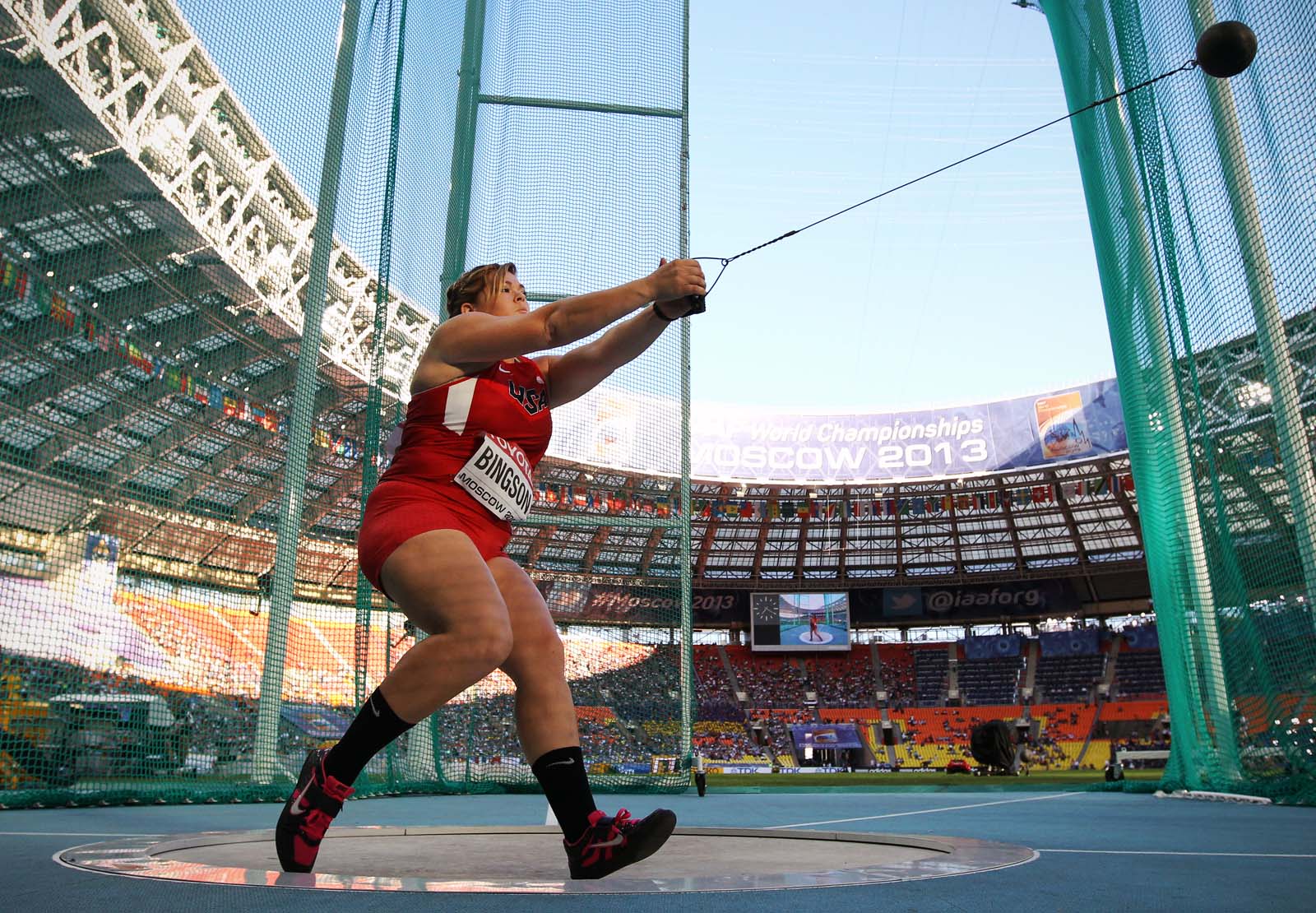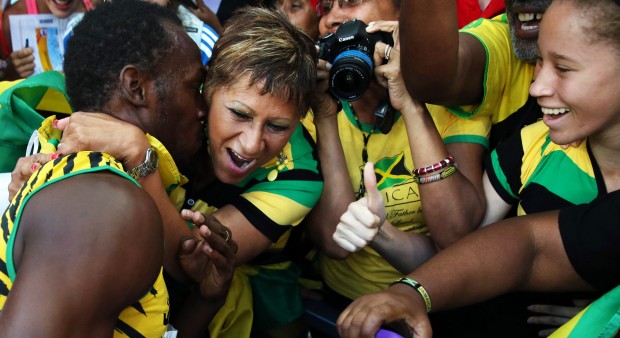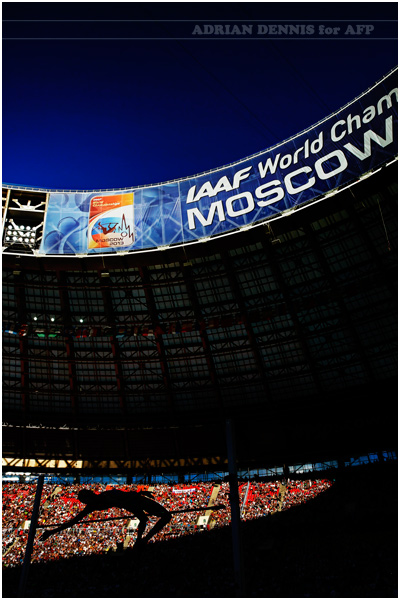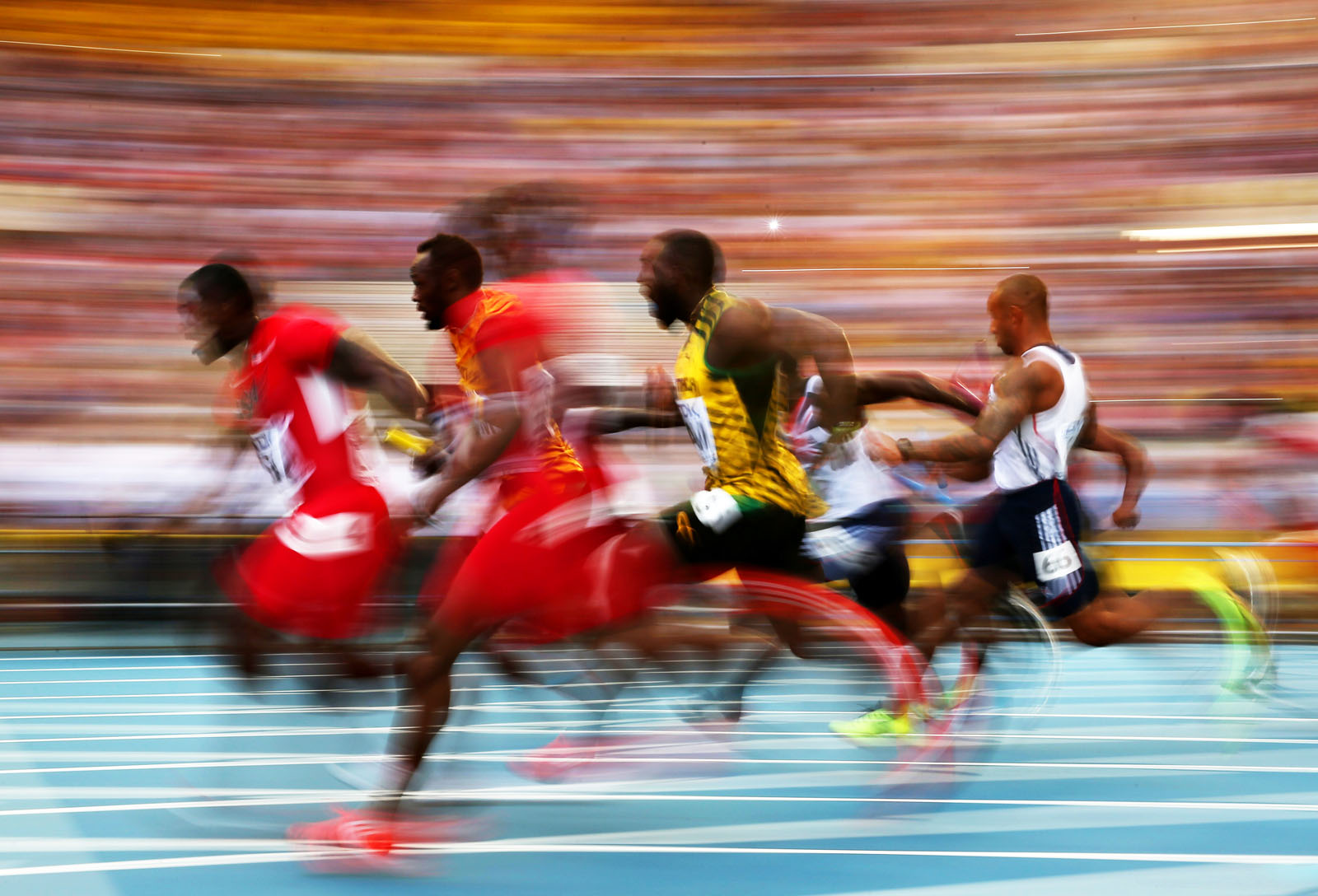BACK TO BEIJING
Another World Athletics championships loomed and to be honest I wasn’t particularly looking forward to it. This time I was heading back to Beijing, where I experienced perhaps one of the most amazing assignments of my career – the 2008 Olympic games.
I can’t quite nail down why I wasn’t looking forward to going; this was to be my 6th World Champs. I’ve been working the infield for 10 years. But perhaps working with tighter budgets these days doesn’t help. Nowadays, the cheapest flight will do, I was scheduled to arrive two days before the event kicks off. For those outside the photography business you might be surprised to know photographers don’t fly business class, most of us don’t even fly direct. Myself and colleague Dan Sorabji flew to Beijing via Helsinki. Eleven hours of flying, several hours sitting in airport terminals. We arrived at 6.30am local time, dropped our luggage and went to the stadium.
I’d travelled to Asia several times before. Often I’ve struggled with the time difference. Waking up at 3am and not going back to sleep is knackering, not ideal when you’re facing a long physical day. This time I made a conscious effort to stay awake. I managed the best bit of 24 hours then off to bed hopefully to adjust to the time zone.
It may seem glamorous being a sports photographer but the reality is you can spend a great deal of time away from family. Now home from China the school holidays finished, the summer all but over. My gang go on holiday without me these days! Luckily I did take a few days off before embarking on my latest job. I needed time to assemble my equipment and pack it in as smaller space as possible. I managed four Canon cameras, (thanks to Jakki Moores at Canon UK for organising loan equipment) eight lenses – three of em bigguns – mini tripods, pocket wizard remotes, computer equipment and waterproof gear into three cases and a backpack. I squeezed in 12 T-shirts, one for each day, six pairs of pants; I can turn them inside out, and a toothbrush. Somehow it all fit in!
 I managed to squeeze a toothbrush into my luggage!
I managed to squeeze a toothbrush into my luggage!
Once checked in at the hotel, within view of the Birds Nest stadium, although not within walking distance – there were several motorways in between. Dan and I jumped into a taxi, pointed to a small business card saying, “Take me to the stadium” in Mandarin. The taxi driver speaking loudly and us jabbering on in English. Oblivious to what each is saying, but minutes later we arrived outside the gates of the Olympic Park on our way to pick up credentials. Hand shakes and hugs with colleagues you see bi-annually once every Olympic games or World Cup. Faces with a couple more rings on the tree trunk of life! Then off to the stadium to check out my office for the next week or two.

The Infield Photographers’ desk yards away from the finish line
The day before the event begins can be the longest and quite often most frustrating. Hours are spent adjusting laptops and cameras. Configuring them so you can send pictures directly from the camera to editor. One slight error, a missing number or uppercase letter on the settings and it won’t work. It takes a while, but once all the cameras are tested it’s a huge relief. Well, for me anyway! Oh, and a few photos shot of athletes seeing the track, some of them for the first time.
 Polish athletes jump off the podium as they pose for photograph
Polish athletes jump off the podium as they pose for photograph
And we’re off and running (excuse the pun). Up at 6am, the Men’s Marathon starts early but luckily I got to dodge that bullet. I needed to be at the track early, ready to shoot the Women’s Heptathlon not to mention the Men’s 100 metres qualifying. The Championships really do get out of the blocks quickly. The return to “serious” competition for Britain’s Jess Ennis-Hill after having a baby was going to be interesting. To be an Olympic Champion in any event is an amazing achievement and even more so in a multi-event discipline. Plus the fact Ennis-Hill is one of my favourite athletes to shoot / watch. It’s been amazing to see her career progress. The first time I photographed her was in Osaka, Japan in 2007, willing her to throw the javelin that bit further. To seeing her crowned World and then Olympic Champion – I’ve been fortunate to witness. Likewise photographing a certain Mr Bolt has been terrific. Although I’ve been on the track for more than a decade I don’t really know the athletes. Strangely enough, photographers don’t tend to get invites from professional footballers, athletes or golfers. Or perhaps it’s just me?
Occasionally I offer a pat on the back or handshake but most of the time “we’re together” they’re concentrating on winning while I’m trying to concentrate getting a sharp (in focus) picture. Ideally, said picture has a “clean” background, with “nice” light at the peak of the moment. Sometimes it can happen!

US heptathlete Erica Bougard with her flying hair is a photographers’ favourite
On the first day it quickly became clear the heptathlon was going to be a close and fascinating competition. Britons Jess Ennis-Hill, with proven track record and experience, and her protégé Katarina Johnson-Thompson against perennial silver medallist Canadian Brianne Theisen-Eaton.


The first day turned into a long session it was incredibly hot and sweaty in the direct sunlight during the day. Something like an oven. Every so often I needed to cool off and down a bottle of water in the deep shadow cast from the tall stadium over the end of the track. A hat is an important piece of equipment for folically-challenged photographer. Something so obvious, but forget it at your peril. Get sunburned on the first day and things become complicated. I managed to get heat stroke in Berlin in 2009. Imodium featured on my menu for the next few days.
The lunch break came and went followed by the Opening ceremony. The evening session began, Jamaica’s Usain Bolt and American Justin Gatlin for the 100 metres qualifying races. Much has been said during the last year about doping in athletics. For the journalists this match up was “good” against “evil”.
 From a photographers’ point of view tonight was a practice for the 100 Metres final the following day. A chance to test the remote cameras specifically placed hours earlier. Each camera focused and composed on a certain point, the photographer predicting what might transpire in the sub 10-second race. I generally place once camera either side of the finish line. These cameras are usually put into place 5-6 hours before the race. Plenty of time for cameras to be kicked, sometimes accidentally or occasionally “accidentally on purpose!” These days most of us gaffer tape the focus and zoom rings in an attempt to cut down the chance of sabotage.
From a photographers’ point of view tonight was a practice for the 100 Metres final the following day. A chance to test the remote cameras specifically placed hours earlier. Each camera focused and composed on a certain point, the photographer predicting what might transpire in the sub 10-second race. I generally place once camera either side of the finish line. These cameras are usually put into place 5-6 hours before the race. Plenty of time for cameras to be kicked, sometimes accidentally or occasionally “accidentally on purpose!” These days most of us gaffer tape the focus and zoom rings in an attempt to cut down the chance of sabotage.
But before those remotes cameras were firing there were many other races and field events to shoot. Men’s hammer, another remote camera placed in the cage. For the eagle-eyed television viewer, you might see a photographer sitting in the background looking lazy. But we’re actually firing the cameras using a transmitter – careful not to sit too close. Years ago an athlete lost control of his 16-pound hammer and whirled the weapon of mass destruction into the cameras behind. I was showered by pieces of plastic, metal and lens. He destroyed around five cameras – mine escaped the carnage luckily. Ever since, I pay attention to where I sit or stand during the hammer throw competition.
The 100 metres final, the showpiece race of the tournament was scheduled for day 2. Predictably, Champion Usain Bolt was lining up against Justin Gatlin, who had been regularly running the fastest times over the past year. On bended knees close to the finish line we watch the big screen. Bolt with his pre-race antics in front of the TV camera – cool as a cucumber! Gatlin looking a little tenser. But it’s hard to shoot, by the time the gun goes and five seconds have passed you need to decide who to focus on, where to point your lens. If I’m honest I thought Gatlin would win but I was hoping for Bolt. As they were halfway down the track I looked away from the stadium screen, back to my viewfinder, picked up Bolt with the auto focus and pressed the shutter as he crossed the finish line.
AFP colleague and teammate Franck Fife and myself had made a plan. Franck was taking the winner, primed to run after the victor on a lap of honour as I trained my lens on whoever came second and their reaction. The story and race was difficult to predict, 1/100th of a second separating the two champion sprinters. With Bolt winning and amazing the excitable Chinese audience.
 Justin Gatlin put on a brave face after the 100 metres final
Justin Gatlin put on a brave face after the 100 metres final
After three long, action-packed days. Tuesday rolled around and we had the morning off. This was to be our only real chance of seeing anything in Beijing other than the athletics stadium. The alarm went off slightly later for me but I still managed to squeeze in a visit to the Temple of Heaven. Despite being tired I wouldn’t forgive myself if I spent 2 weeks in China and did nothing but work. A few of the AFP photo team negotiated the underground train system and walked around the impressive temple for a couple of hours before heading to the market to try our luck haggling for a new coat, watch or handbag for “her indoors” – the good lady wife at home.

I shot a few “Beijing Brides” using hipstamatic on my iPhone
Then, back to the track for a couple of hours work. Luckily for me I was assigned to the sand pit and the Men’s long jump final. Britain’s Greg Rutherford had a good chance for a medal, the pressure on him after colleagues Jess Ennis-Hill and Mo Farah already bagging a gold. It was a throwback to London 2012 and super Saturday.

With my remote cameras placed and focused a few hours before, I took a chance and put a camera somewhere different. Placed at the feet of one of the umpires but in a position where it’d be covered in sand as the jumpers land. I used two pieces of cheap but vital equipment. A shower cap pinched from my hotel bathroom to cover the camera and a small lens brush to wipe the sticky sand from the front element of the 24mm wide-angle. I keep the old lens in my bag for such occasions; it often ends up behind a goal in the line of fire of Premiership footballers.

I have worn the shower cap myself once or twice whilst crouching beside the water jump during the steeplechase races. It usually has other photographers laughing as we work, but I had to resist the comedy this time since I appeared on television looking bedraggled apart from my bald head neatly dressed in plastic hat. In Beijing however, we were stunned when poor Panamanian athlete, Rolanda Bell missed the barrier and went head first into the water. Despite have a face-full of water from the previous runners splashing through, I managed to keep shooting – the first frames slightly tilted too high but I managed to recover and get a frame I like of her leg poking from the waters’ surface.
A Xinhua photographer made a brilliant photo. He had the presence of mind to place a GoPro camera beneath the hurdle. His photograph is top-drawer!
 Panamanian Rolanda Bell would have scored well at a diving competition!
Panamanian Rolanda Bell would have scored well at a diving competition!
Anyway, back to Greg Rutherford in his pursuit of a World title. Of course he didn’t disappoint. Well perhaps me a little! He nailed a season-best jump of 8.41 metres with his fourth attempt and skipped his last two leaps. So a big celebration never really happened. But congratulations to Greg for becoming only the fifth Briton to hold Olympic, World, European and Commonwealth titles at the same time. Despite several pundits describing him as lucky, we can declare, “he’s half-decent!”

A circular stadium always provides an opportunity to play with a fish-eye lens
Following on from Usain Bolt’s victory in the 100 metres, he was up for the sprint double in his favoured 200 metres race. As expected, Bolt cruised to victory beating nemesis Gatlin and proceeded on his victory lap. I got to him pretty rapidly, running after him cameras bouncing off my sides. He celebrated, gesturing straight into my lens holding his Puma spikes. Then as always Bolt completed his repertoire – flag waving, performing his now famous archer pose and “high-fiving” trackside fans. It seemed to go on for a while. During which an unfortunate colleague went head over arse tripping over some timing equipment while jogging backwards. Never good for the ego in front of 50,000 people! Finally, we were back at the home straight and the infield photographers have to finish their pursuit. Bolt disappeared into the crowd for more adulation. By this stage I was busily editing the hundreds of pictures on my camera, deleting my rubbish while walking back to my computer. Little did I know, the picture of the night, perhaps the whole championships was about to happen. A television cameraman riding a Segway lost control and accelerated into the Jamaican superstar knocking his feet from under him, flipping Bolt through the air! I was blissfully unaware until AFP team leader Pedro Ugarte crossed the track to ask if I’d seen what’d happened. Once I saw the replay I realized the action and celebration pictures from the whole night were now to be defunct and superseded by a bigger story. Luckily for the cameraman and I expect the broadcasters or at least their insurance brokers, Bolt was un-injured and took it all in good spirits. He’s truly a remarkable athlete.

Usain Bolt wins the 100 Metres final by 1/100th second over Justin Gatlin



Jamaica’s Usain Bolt – fantastic athlete and showman
During Day 7 the Brits were treated to another good competition in the sand pit when the Women’s long jump came down to the wire. Shara Proctor nailed a British national record with her jump of 7.07 metres only for American Tianna Bartoletta to wrestle her gold medal away with the final jump of the night. I was trailing Proctor around the runway waiting for her reaction and celebration as a new World Champion only for it to turn to disappointment in the blink of an eye.

I placed a camera close to the pit – it needed a clean every few jumps

Tianna Bartoletta with a little flag waving after pinching the gold medal and the World title
By the time Day 9 rolled around I was busy trying to work out how to get the bulk of my equipment from the stadium back to the hotel. Luckily for me we’d befriended a tuk-tuk driver he’d wait outside the stadium gate to drive us home. Quite a relief seeing as most taxi drivers weren’t keen on stopping at 11pm to drive us the short distance. More than once we’d get into a cab, only to be ushered out because the fare wasn’t lucrative enough. However, it was actually pleasant being driven back in the cool of the night sitting in the back of an electric three-wheeler. Even though the driver quite often went against the traffic on the highway. But rest assured he beeped his horn to warn oncoming Mercedes drivers speeding past.
 My “cool” ride home most nights
My “cool” ride home most nights

Italy’s Marco Tamberi reacts to failing an attempt during the high jump

Mo Farah leading the field in the 5000 metres – shot using a slow shutter speed

Mo flies the flag after winning yet another gold – he’s got the triple double now!
The competition closes with the 4×400 metre relays. Never without incident but very difficult to photograph from the infield position. By this stage we hand the baton over so to speak to the finish line photographers. The straightforward runner crossing the line and celebrating with their teammates is hard to better. A few team photos of runners draped in their respective flags and it’s off to the races for us. A true test of speed of how quickly you can count all your equipment back into the corresponding places in your Pelican hard case. Away with your laptop and off the track in double fast time before being asked to photograph the closing ceremony. Never a popular assignment! I was packed and ready to leave within 30 minutes of the last race. I needed to find my favourite chauffeur, get back to the hotel to pack properly. I’m leaving for the airport and “Back to Blighty” in less than 8 hours.









 The track takes 10 days to mould and construct on the beach courtesy of massive earth-moving bulldozers and diggers. It consists of a long straight smoothed by the previous nights’ high tide followed by a series of jumps, bumps and house-sized dunes. Once the riders “scream” their machines off the start line and along the flat part of the track they turn away from the Bristol Channel and plough their way up and over the man-made dunes. Thirty-seven dunes to be precise which then completes a lap. Whoever completes the most laps during the 3 hours wins the race.
The track takes 10 days to mould and construct on the beach courtesy of massive earth-moving bulldozers and diggers. It consists of a long straight smoothed by the previous nights’ high tide followed by a series of jumps, bumps and house-sized dunes. Once the riders “scream” their machines off the start line and along the flat part of the track they turn away from the Bristol Channel and plough their way up and over the man-made dunes. Thirty-seven dunes to be precise which then completes a lap. Whoever completes the most laps during the 3 hours wins the race.











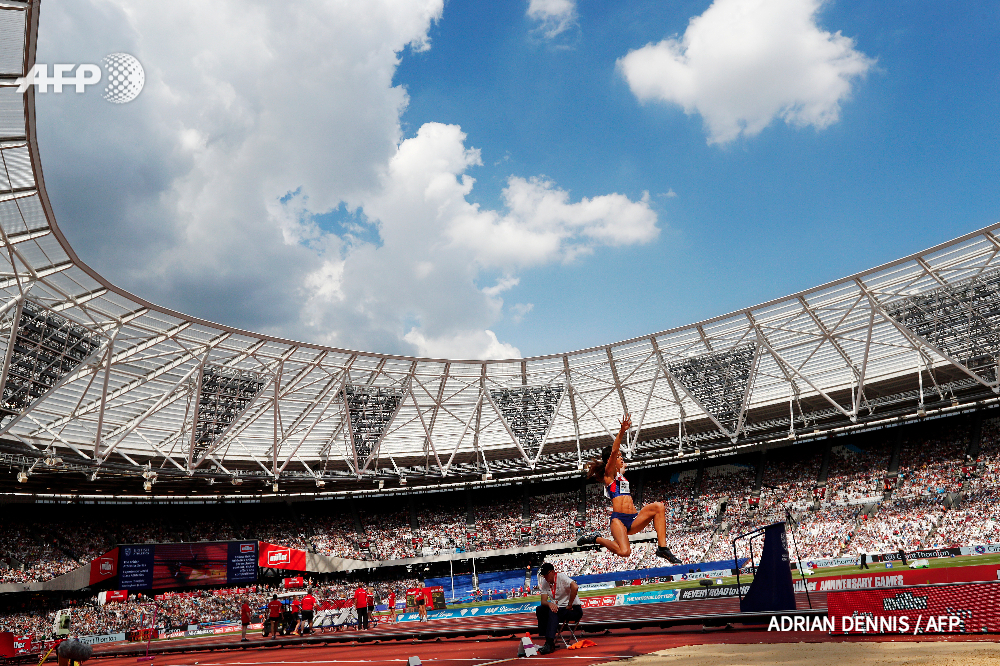
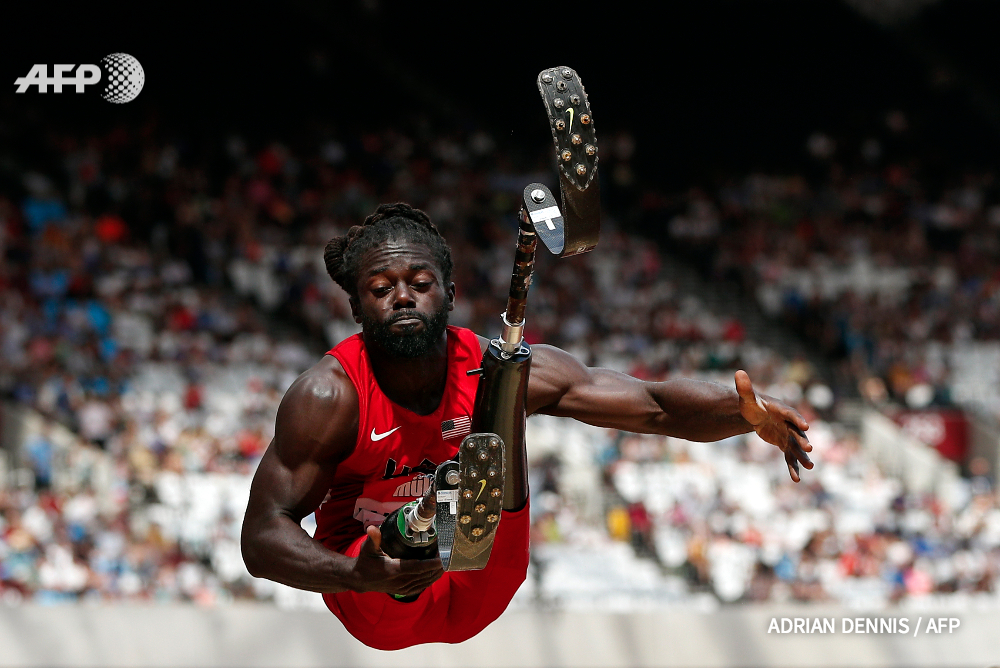
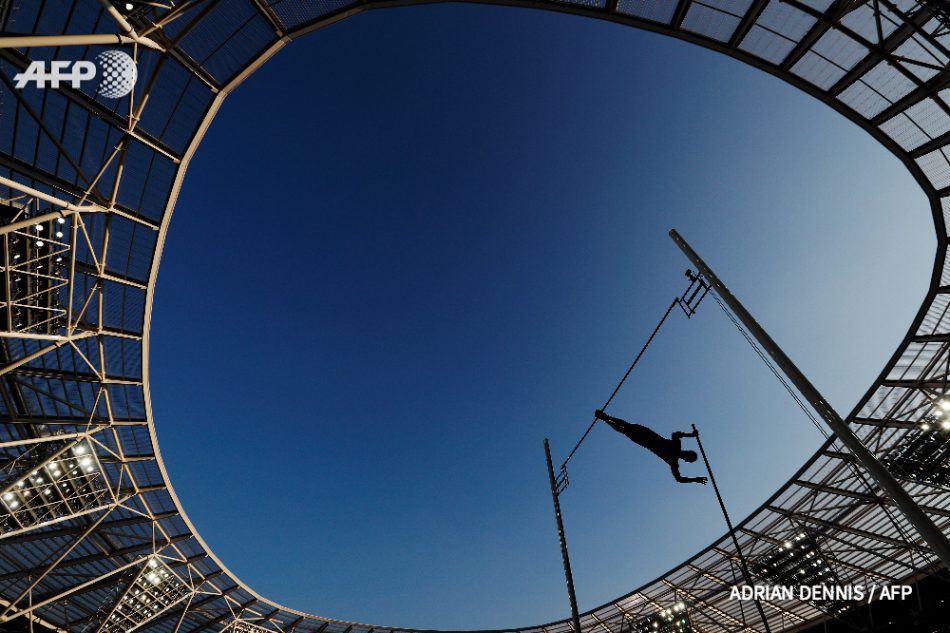

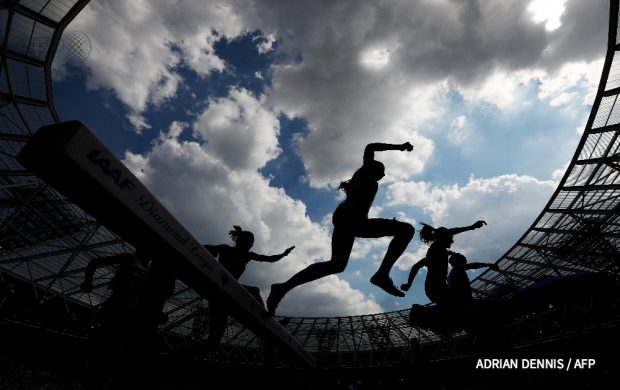
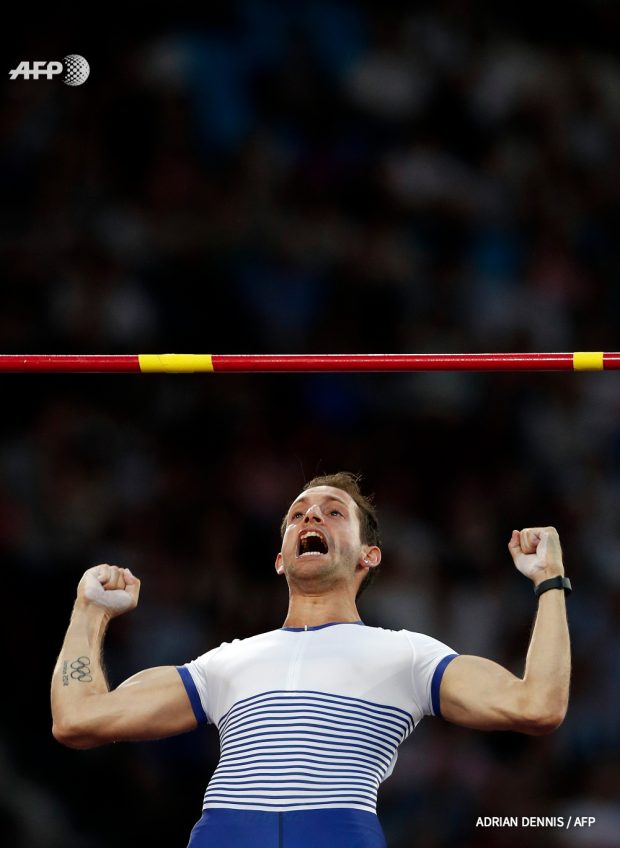


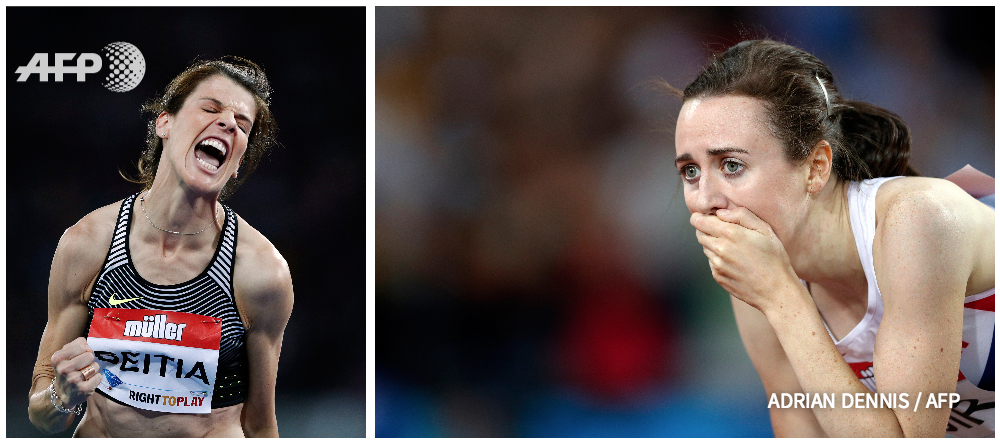

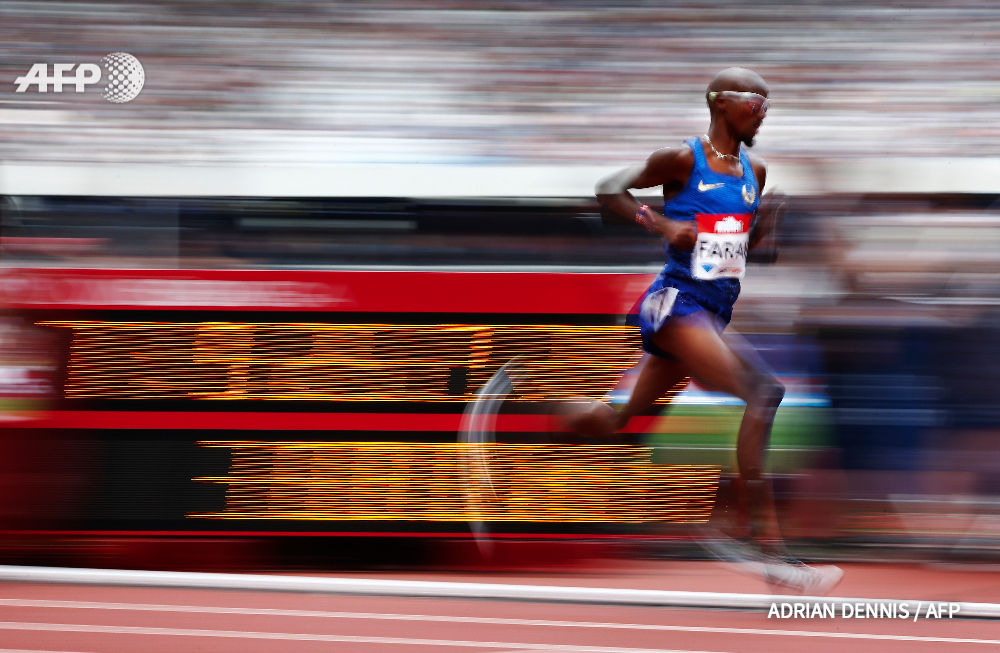
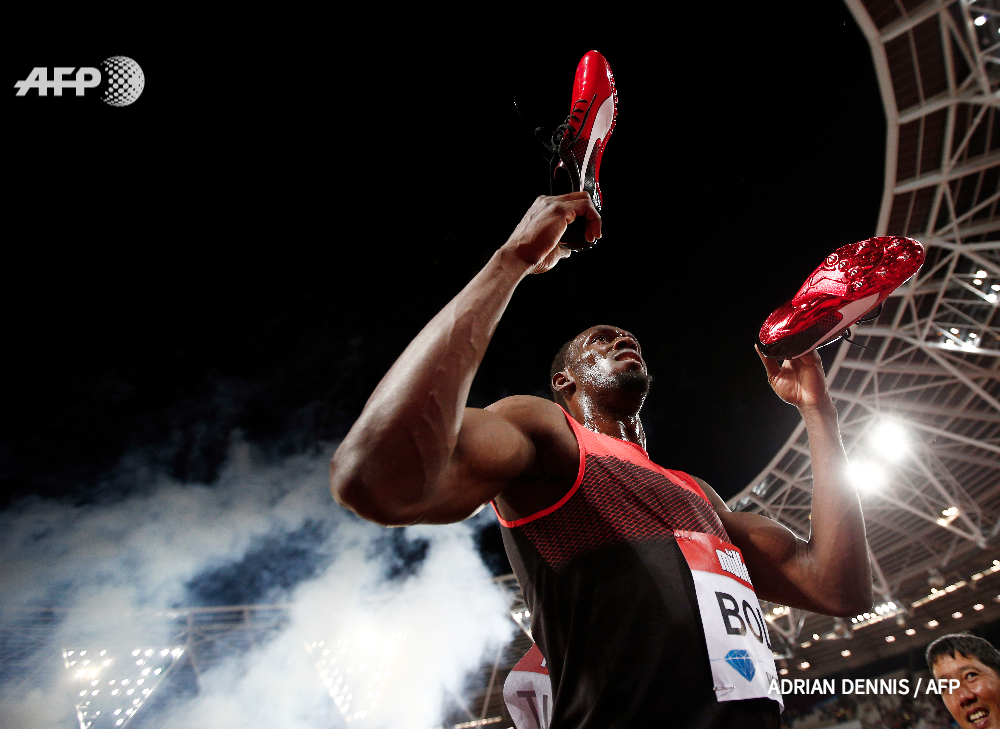
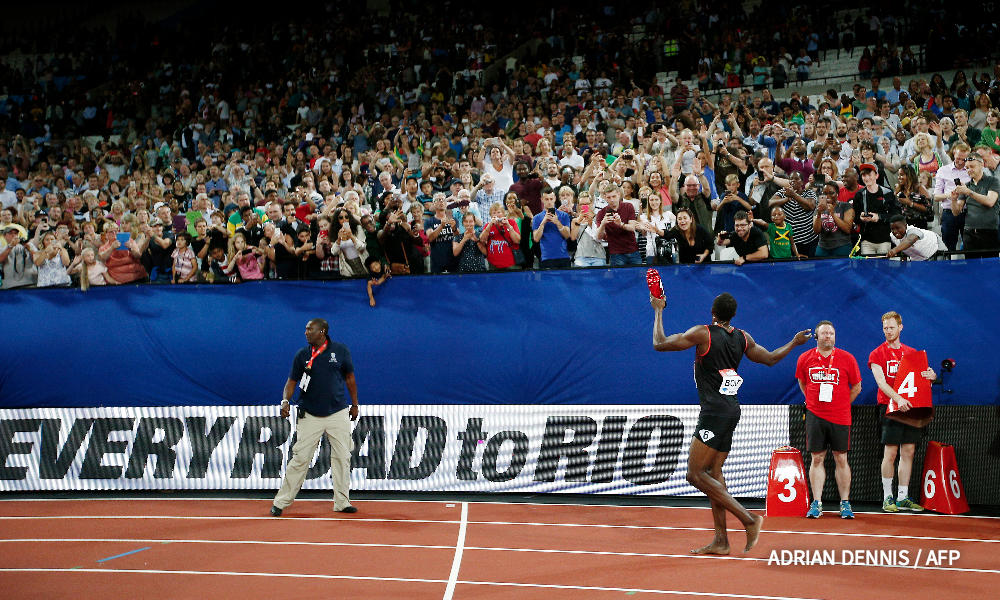
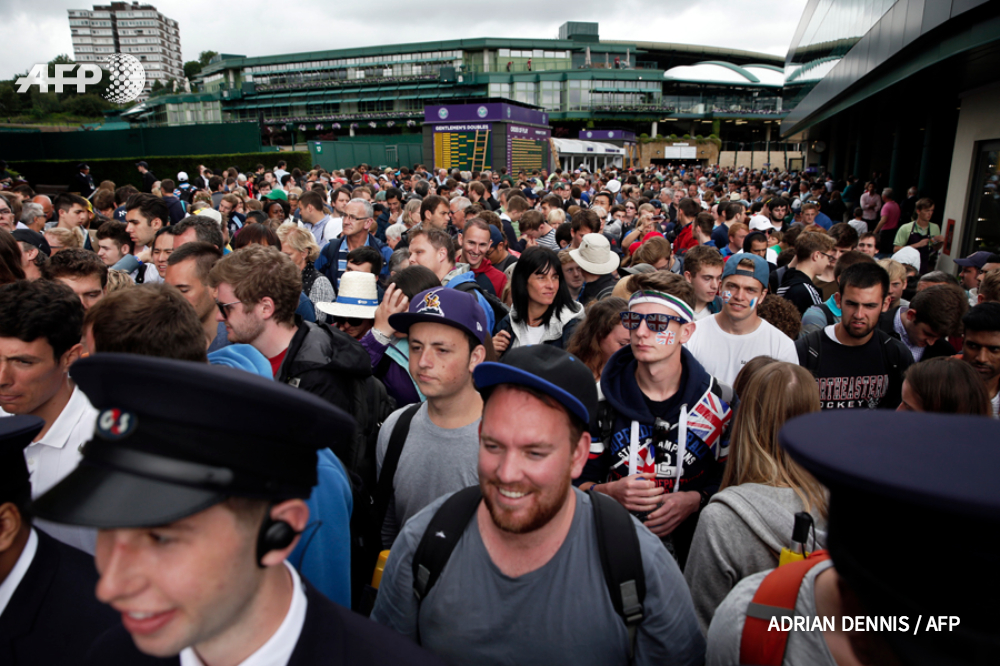
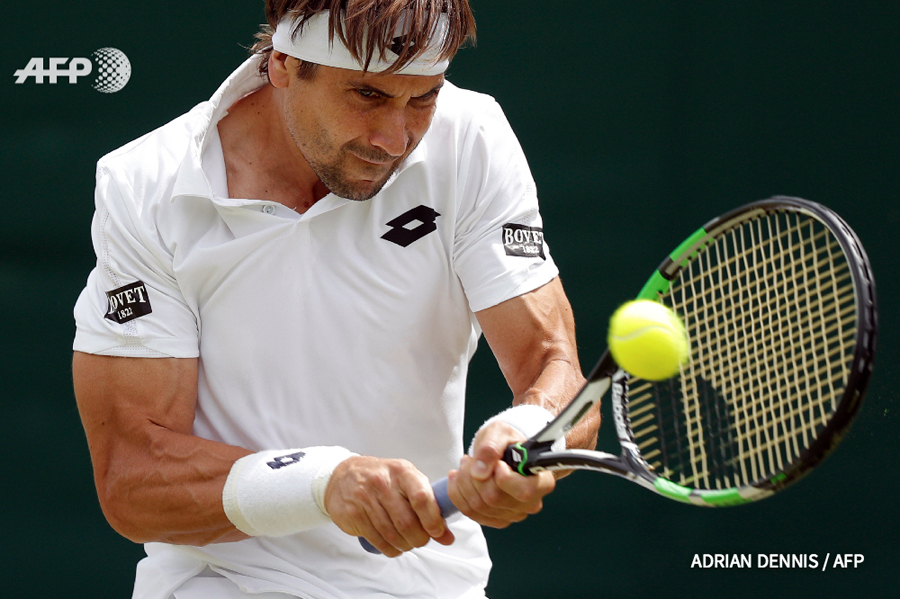
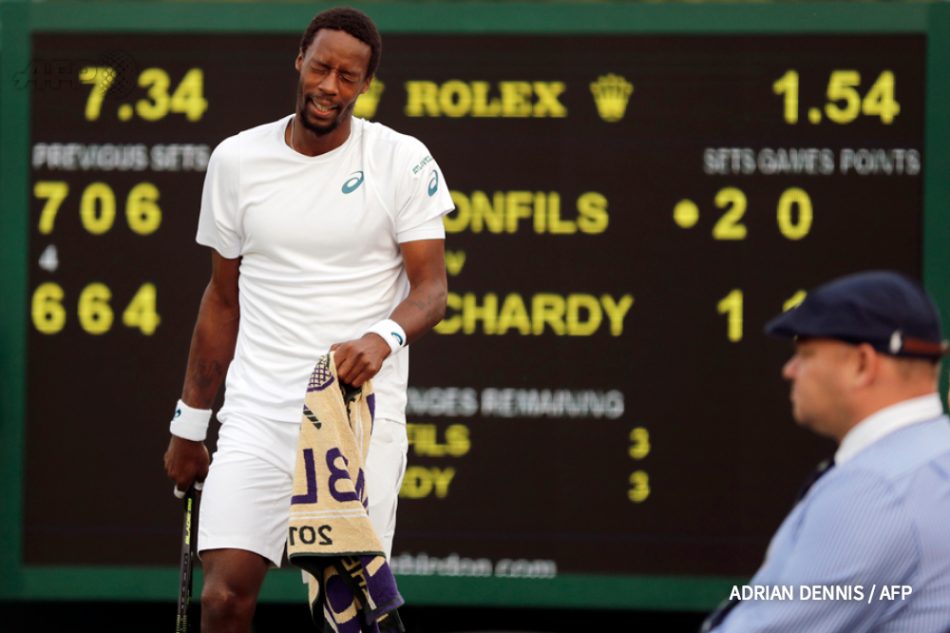
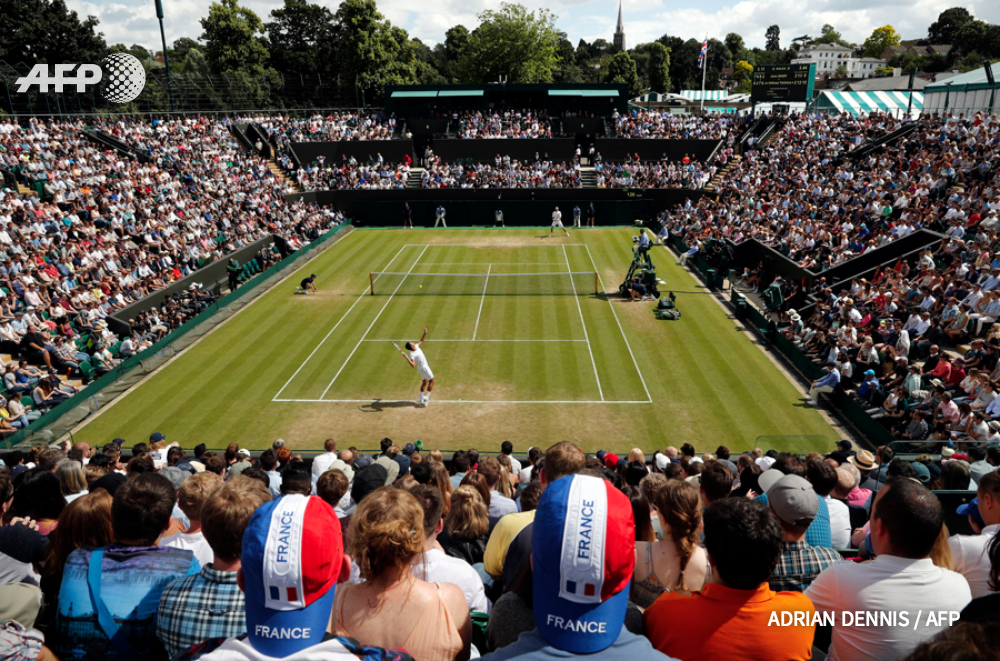

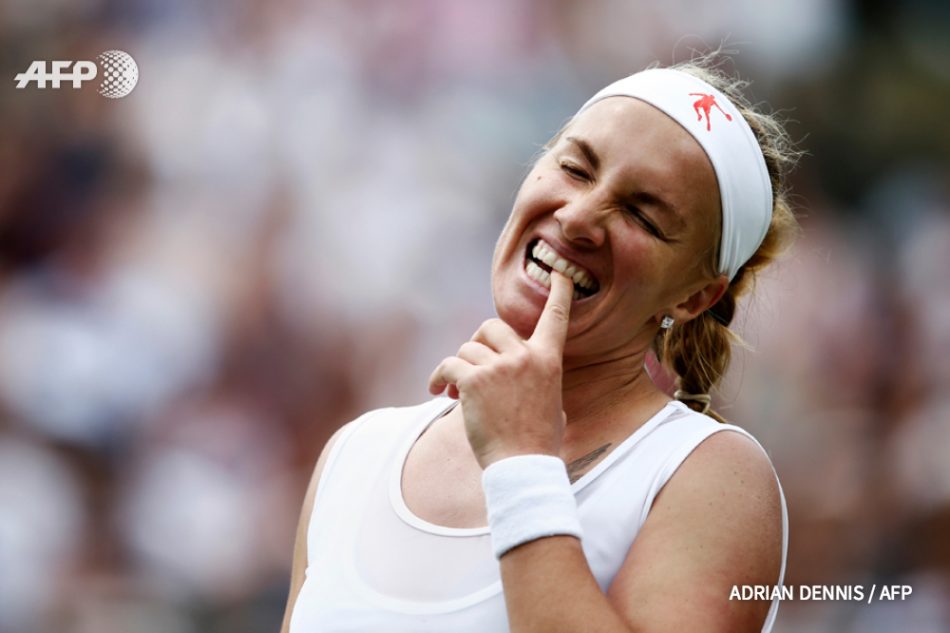
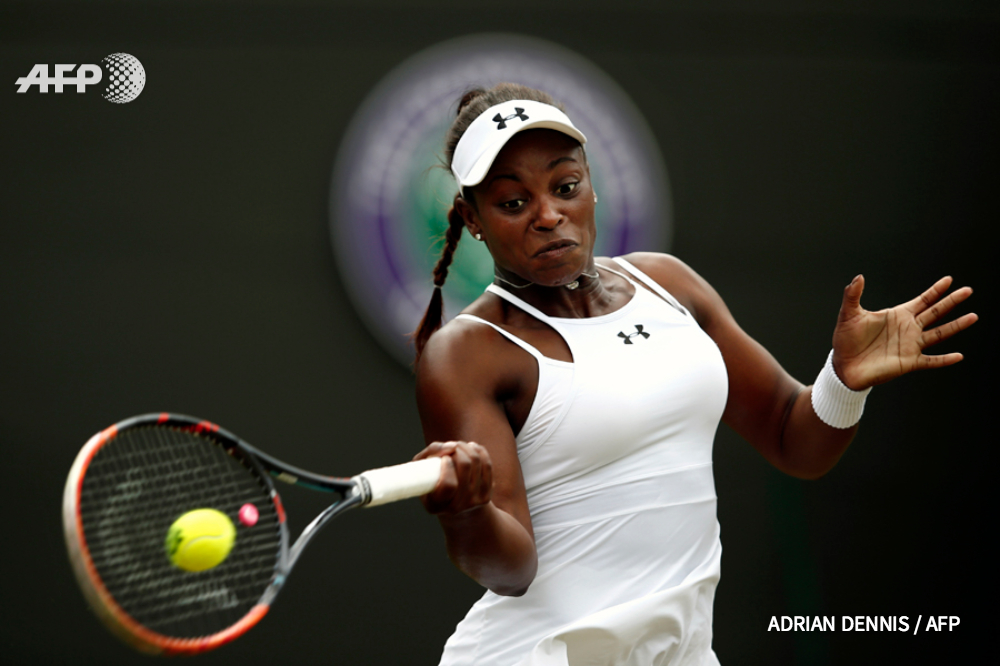
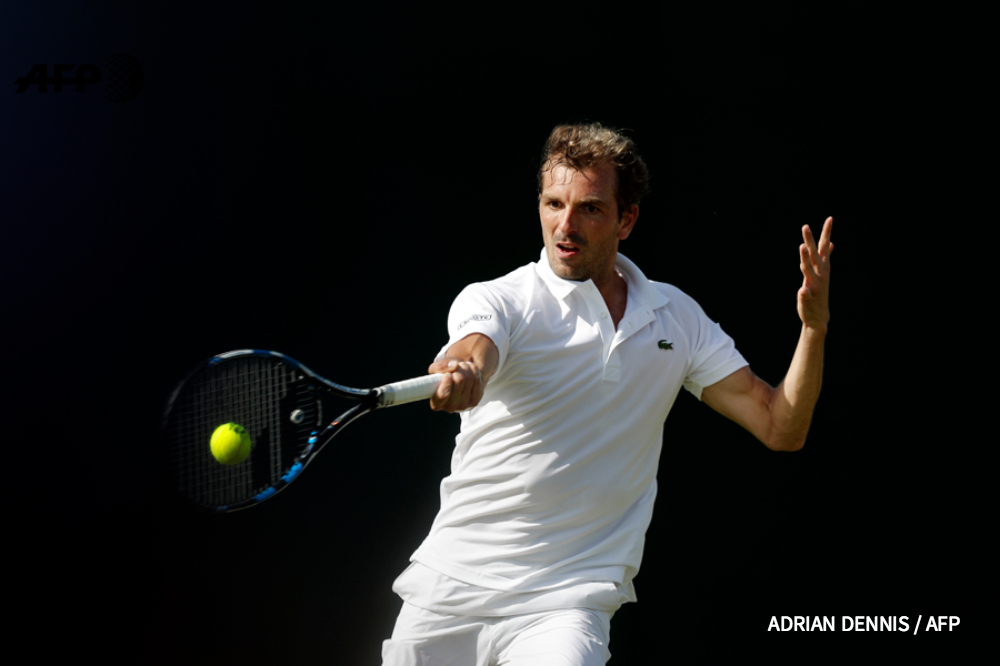
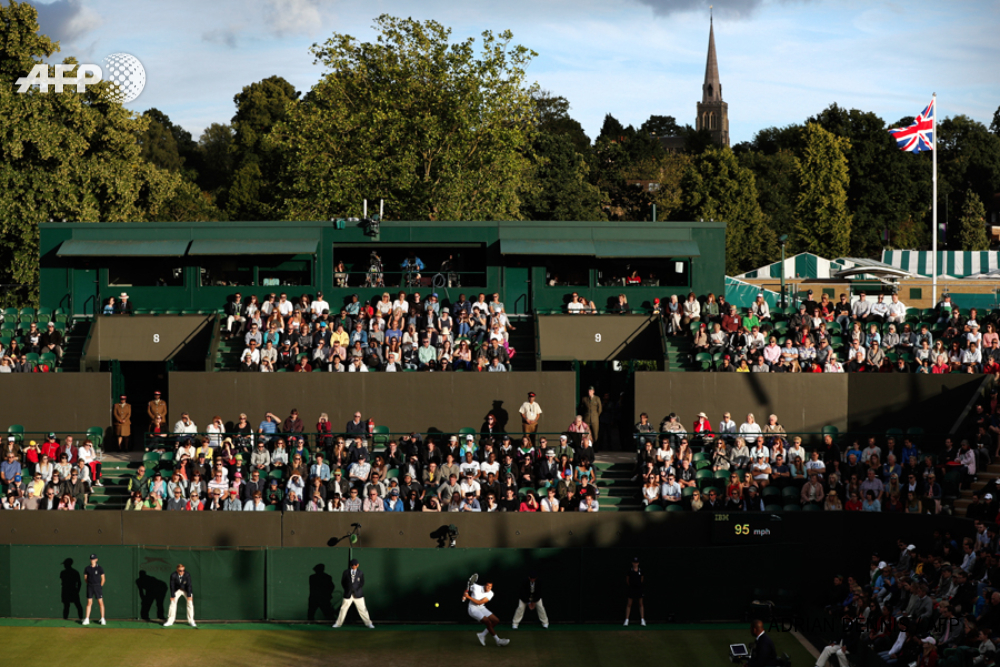

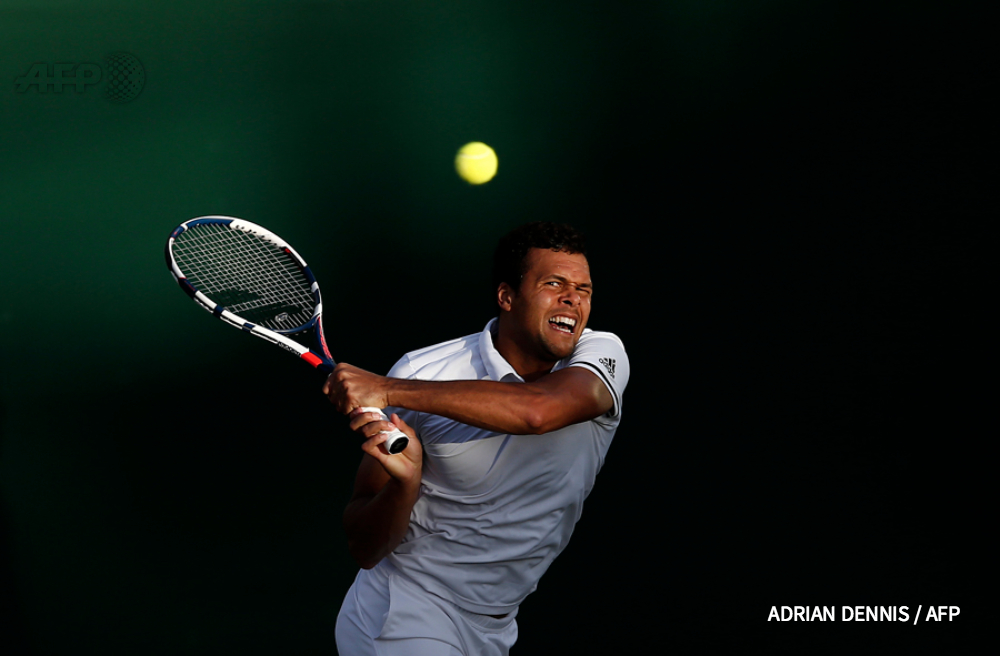
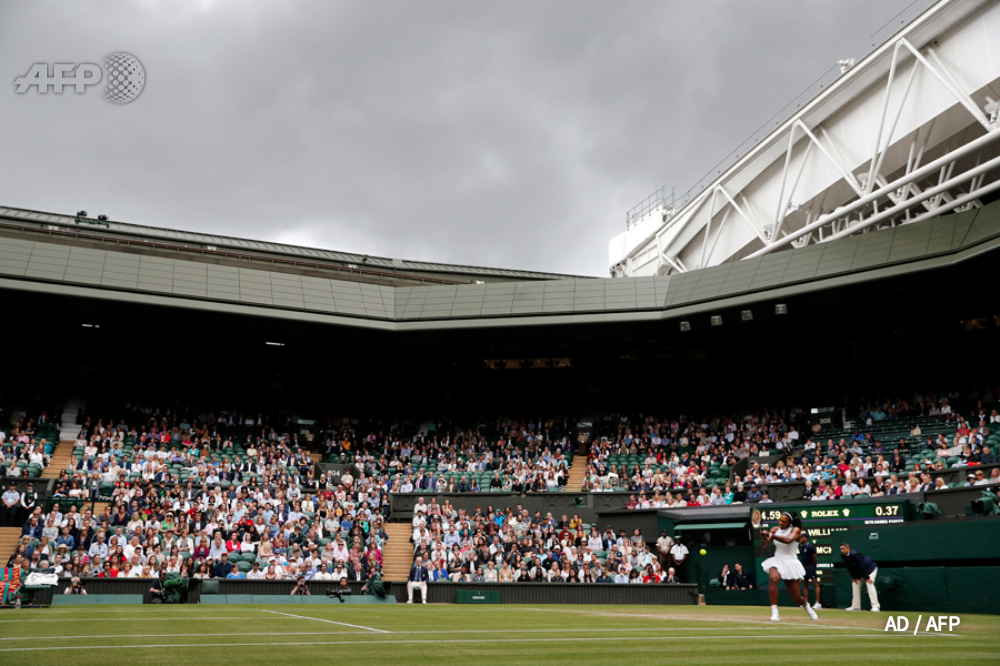
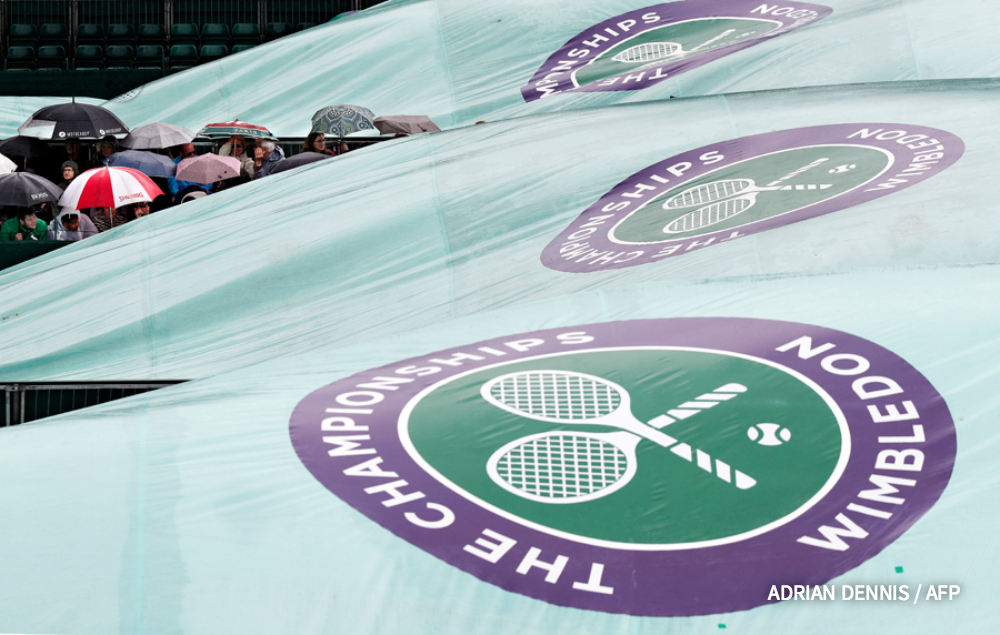
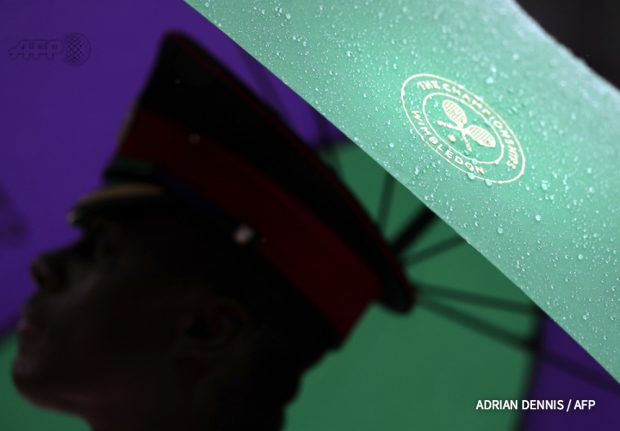

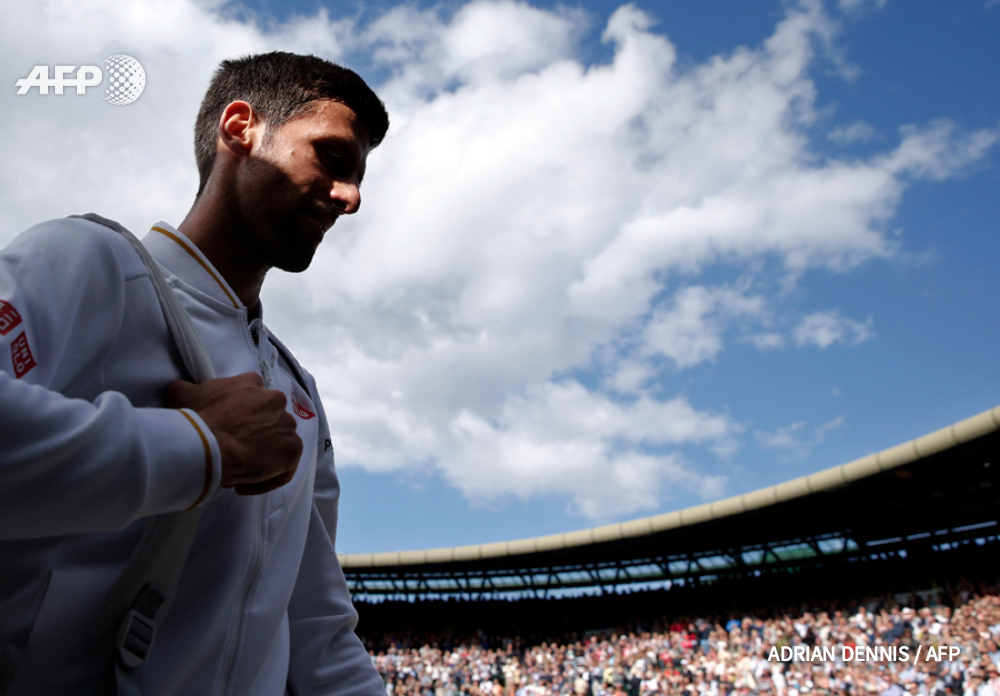
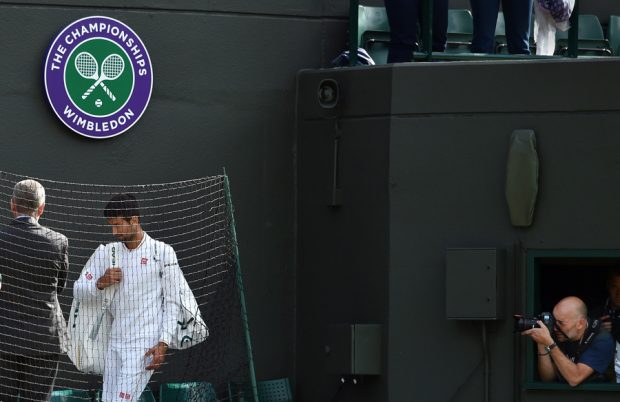

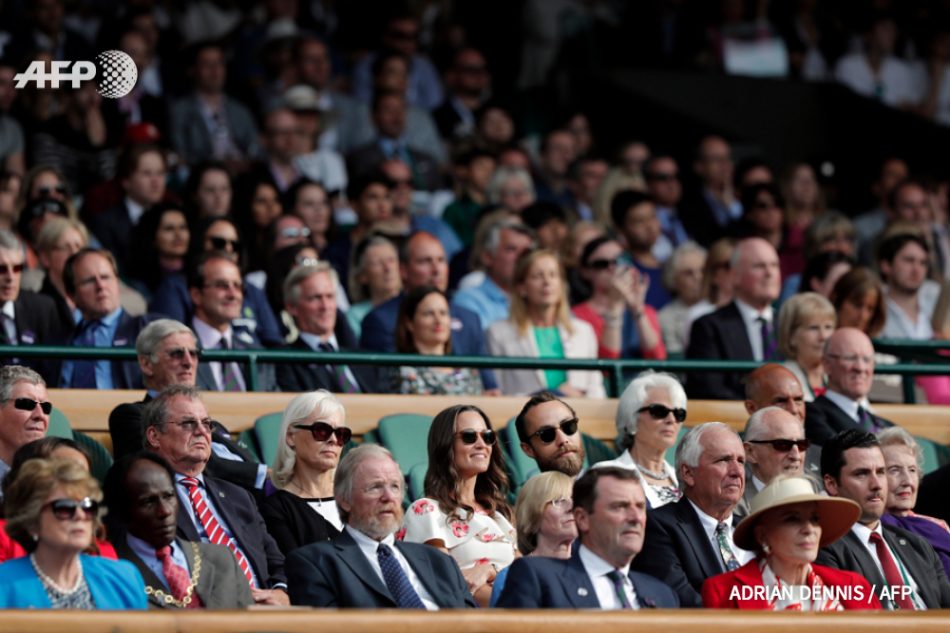

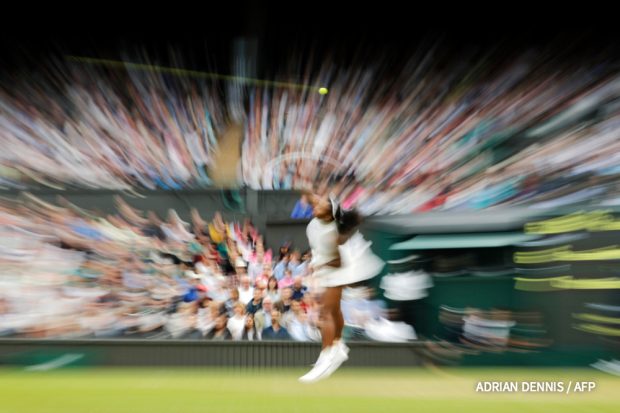


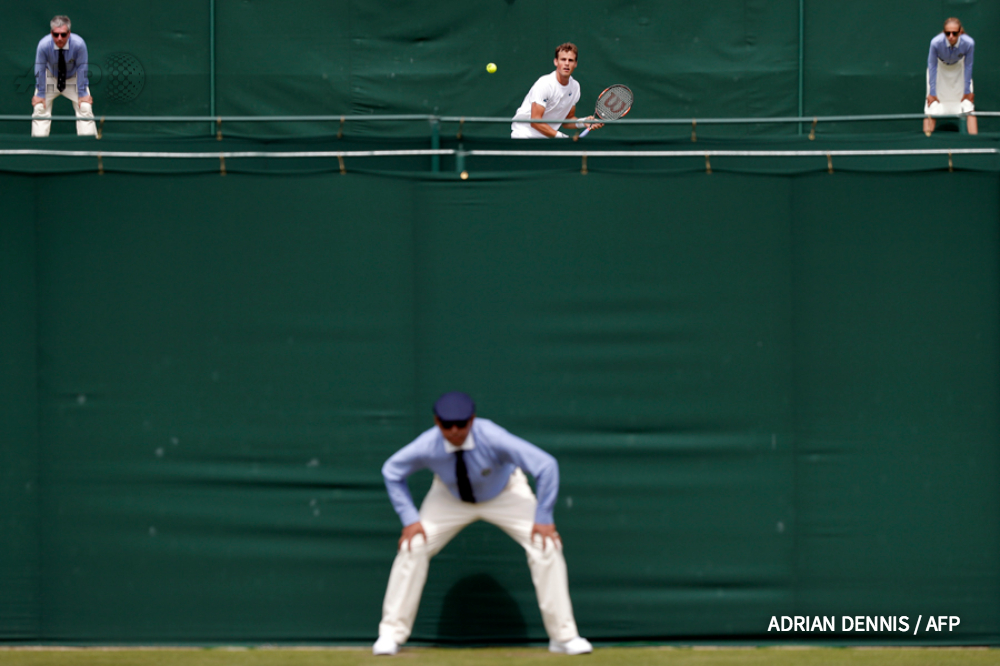
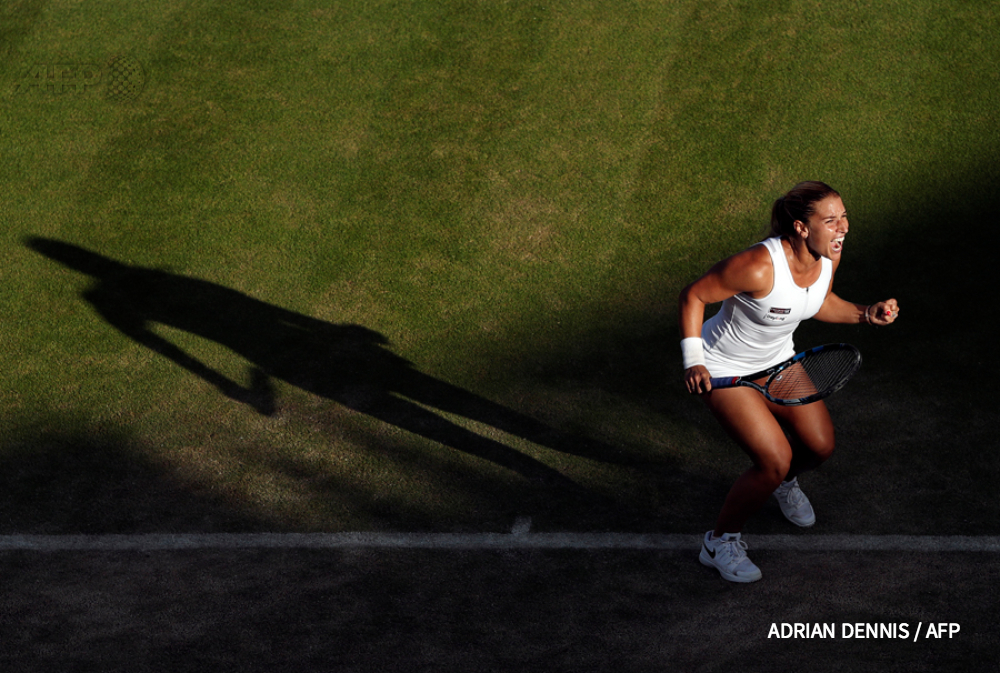



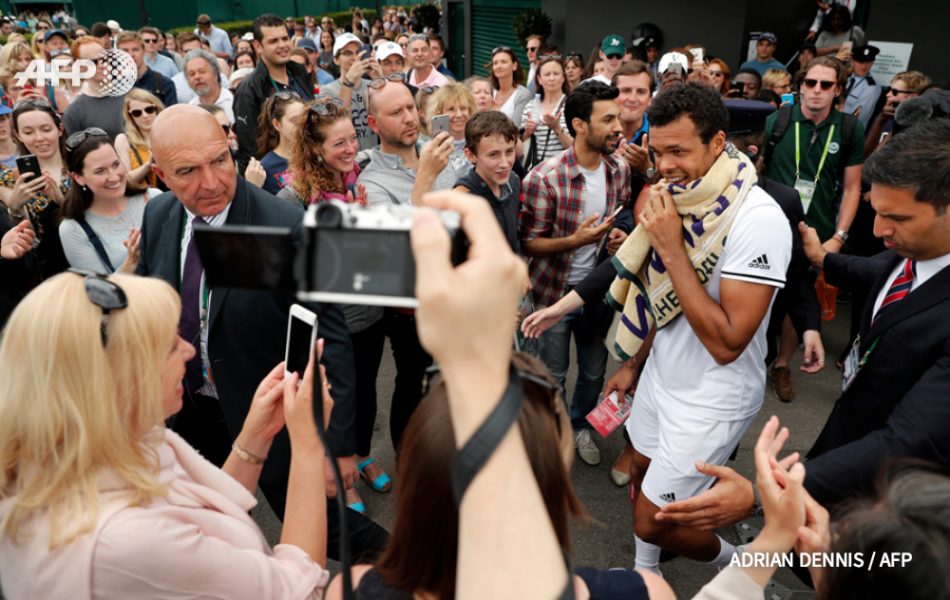
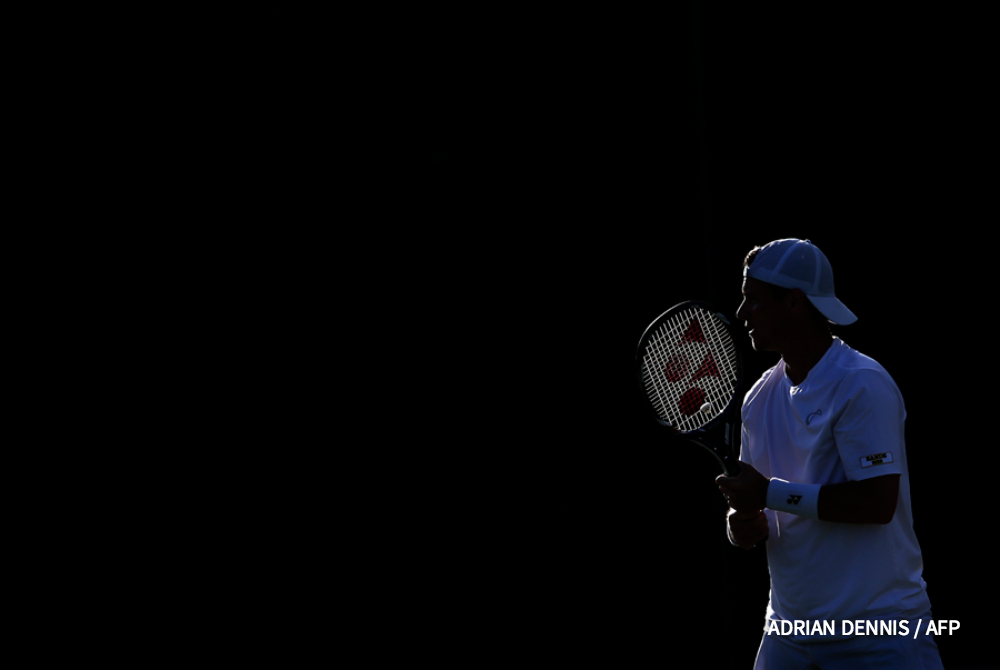





 I’ve been a photographer for 25 years. I got my first job in 1989, and joined AFP 16 years ago. Photography has just accelerated away in the last 20 years since digital has developed. Almost everyone has a camera in their pocket these days.
I’ve been a photographer for 25 years. I got my first job in 1989, and joined AFP 16 years ago. Photography has just accelerated away in the last 20 years since digital has developed. Almost everyone has a camera in their pocket these days.







 From a photographers’ point of view tonight was a practice for the 100 Metres final the following day. A chance to test the remote cameras specifically placed hours earlier. Each camera focused and composed on a certain point, the photographer predicting what might transpire in the sub 10-second race. I generally place once camera either side of the finish line. These cameras are usually put into place 5-6 hours before the race. Plenty of time for cameras to be kicked, sometimes accidentally or occasionally “accidentally on purpose!” These days most of us gaffer tape the focus and zoom rings in an attempt to cut down the chance of sabotage.
From a photographers’ point of view tonight was a practice for the 100 Metres final the following day. A chance to test the remote cameras specifically placed hours earlier. Each camera focused and composed on a certain point, the photographer predicting what might transpire in the sub 10-second race. I generally place once camera either side of the finish line. These cameras are usually put into place 5-6 hours before the race. Plenty of time for cameras to be kicked, sometimes accidentally or occasionally “accidentally on purpose!” These days most of us gaffer tape the focus and zoom rings in an attempt to cut down the chance of sabotage.

















 Within a few seconds my gloves had “stuff” all over them, which was transferred onto my cameras. It was hard not to brush against the walls on the way down. At this point I should divulge that unfortunately/fortunately I don’t have a sense of smell, the old hooter doesn’t work! A piece of information I mentioned several times that helped win this “plum” assignment. But joking apart, I’ve read a couple of books about London and have wanted to see for myself the underground rivers and sewers. But as I waded through the thick gloop it wasn’t quite how I’d imagined. There weren’t any walkways along the side, no handrails to hold. Nothing like they portray the sewers in James Bond movies where they’re chasing a baddie through a gleaming aluminium pipeline.
Within a few seconds my gloves had “stuff” all over them, which was transferred onto my cameras. It was hard not to brush against the walls on the way down. At this point I should divulge that unfortunately/fortunately I don’t have a sense of smell, the old hooter doesn’t work! A piece of information I mentioned several times that helped win this “plum” assignment. But joking apart, I’ve read a couple of books about London and have wanted to see for myself the underground rivers and sewers. But as I waded through the thick gloop it wasn’t quite how I’d imagined. There weren’t any walkways along the side, no handrails to hold. Nothing like they portray the sewers in James Bond movies where they’re chasing a baddie through a gleaming aluminium pipeline. I turned to look at Vince leaning on his shovel, waist deep in the….. lava. He was relishing answering questions, telling me about the brickwork and the shape of the sewer pipes. For the record, the Regent sewer is egg-shaped. I tried to shoot a picture or two but my lens had steamed up. I used a piece of cloth to wipe the front element, it gave me a few seconds before the mist developed again as I looked through the viewfinder. Hmmm, this is going to be a problem. I kept wiping and shooting, careful not to drop my cloth. Each time tucking it into the top of my wader. Not paying much attention to the air I was breathing. After a while I gave up and stopped to take in my surroundings. As a photographer I’m sometimes so distracted taking the pictures I’m not 100% aware of what I’m actually doing. In this instance – a good thing. Years ago I found myself photographing rock climbers, and I had scrambled up to a ledge to photograph them as they came past. After making a few nice pictures I realized how high I was and couldn’t get down. Fail!
I turned to look at Vince leaning on his shovel, waist deep in the….. lava. He was relishing answering questions, telling me about the brickwork and the shape of the sewer pipes. For the record, the Regent sewer is egg-shaped. I tried to shoot a picture or two but my lens had steamed up. I used a piece of cloth to wipe the front element, it gave me a few seconds before the mist developed again as I looked through the viewfinder. Hmmm, this is going to be a problem. I kept wiping and shooting, careful not to drop my cloth. Each time tucking it into the top of my wader. Not paying much attention to the air I was breathing. After a while I gave up and stopped to take in my surroundings. As a photographer I’m sometimes so distracted taking the pictures I’m not 100% aware of what I’m actually doing. In this instance – a good thing. Years ago I found myself photographing rock climbers, and I had scrambled up to a ledge to photograph them as they came past. After making a few nice pictures I realized how high I was and couldn’t get down. Fail! I put my camera down, I say down – it was hanging from my neck. You wouldn’t want to put anything down in here. The walls were strewn with what looked like toilet paper but was actually decomposing wet wipes. One of the major offenders that cause blockages. Like prayer flags in the Himalayas, they hung from anything they caught hold of. I gave up with the pictures for a while, waiting for my cameras to acclimatise to the warm, sticky atmosphere. I looked around to see fungi growing on the top of the waist-deep excrement. Worms slithering on the surface too. Upon closer inspection, tampon applicators, sweet wrappers, drinks cartons, plastic bags, pens and sanitary towels.Later, Tim collected more unsavoury items on his spade, a hypodermic needle, a light bulb and some condoms. He said, you really have to watch out for the condoms – especially the “fully loaded” ones. They can go off in your face. I couldn’t help but grimace at the thought and instinctively covered my face. But I did have to smile to myself when Vince, who was good for a quote or two said, “getting splashed with anything in the sewers is no fun, it never gets to taste any better!” Helen, asking questions while filming paused awkwardly. She admitted later she had a little bit of sick in her mouth.
I put my camera down, I say down – it was hanging from my neck. You wouldn’t want to put anything down in here. The walls were strewn with what looked like toilet paper but was actually decomposing wet wipes. One of the major offenders that cause blockages. Like prayer flags in the Himalayas, they hung from anything they caught hold of. I gave up with the pictures for a while, waiting for my cameras to acclimatise to the warm, sticky atmosphere. I looked around to see fungi growing on the top of the waist-deep excrement. Worms slithering on the surface too. Upon closer inspection, tampon applicators, sweet wrappers, drinks cartons, plastic bags, pens and sanitary towels.Later, Tim collected more unsavoury items on his spade, a hypodermic needle, a light bulb and some condoms. He said, you really have to watch out for the condoms – especially the “fully loaded” ones. They can go off in your face. I couldn’t help but grimace at the thought and instinctively covered my face. But I did have to smile to myself when Vince, who was good for a quote or two said, “getting splashed with anything in the sewers is no fun, it never gets to taste any better!” Helen, asking questions while filming paused awkwardly. She admitted later she had a little bit of sick in her mouth.
 After half-an-hour the cameras and journalists acclimatised, a monitor intermittently beeping checked oxygen and gas levels. The sound of water being pumped into the sewer further up the line or a tube train passing underground close by made up the ambient noise. The hum of the traffic from above. Tim waded his way into a smaller tunnel to return seconds later with a typical “fatberg”. He holds the heavy rugby ball sized clump at his waist. Condoms and wet wipes enveloped by the fatty substance.
After half-an-hour the cameras and journalists acclimatised, a monitor intermittently beeping checked oxygen and gas levels. The sound of water being pumped into the sewer further up the line or a tube train passing underground close by made up the ambient noise. The hum of the traffic from above. Tim waded his way into a smaller tunnel to return seconds later with a typical “fatberg”. He holds the heavy rugby ball sized clump at his waist. Condoms and wet wipes enveloped by the fatty substance. The fat sticks to condoms, baby wipes and anything else non-biodegradable, forming fat boulders. These set hard and grow into fatbergs that have to be broken by hand using a spade or sometimes a high-pressure water hose. There are 80,000 fatberg blockages a year, costing Thames Water customers around £1 million a month to tackle.
The fat sticks to condoms, baby wipes and anything else non-biodegradable, forming fat boulders. These set hard and grow into fatbergs that have to be broken by hand using a spade or sometimes a high-pressure water hose. There are 80,000 fatberg blockages a year, costing Thames Water customers around £1 million a month to tackle.

 Walking back to my motorcycle to begin the journey home I needed to eat something. Despite washing my hands three times I negotiated a packet of crisps by tipping the packet into my mouth afraid of touching anything edible. Once home my wife’s’ sense of humour evident again as she produced a bowl of chilli-con-carne for my tea. For some reason, it didn’t taste quite how it usually does.
Walking back to my motorcycle to begin the journey home I needed to eat something. Despite washing my hands three times I negotiated a packet of crisps by tipping the packet into my mouth afraid of touching anything edible. Once home my wife’s’ sense of humour evident again as she produced a bowl of chilli-con-carne for my tea. For some reason, it didn’t taste quite how it usually does.









 After nine fights I’d shot nearly 700 frames. It was past midnight when I made it home, the edit was going to be long, and would have to wait until tomorrow. Still, more features like these please!
After nine fights I’d shot nearly 700 frames. It was past midnight when I made it home, the edit was going to be long, and would have to wait until tomorrow. Still, more features like these please!


 Opening Night
Opening Night








 Now, remind me to wish my wife a Happy Valentine’s Day on Friday will ya!
Now, remind me to wish my wife a Happy Valentine’s Day on Friday will ya!
















